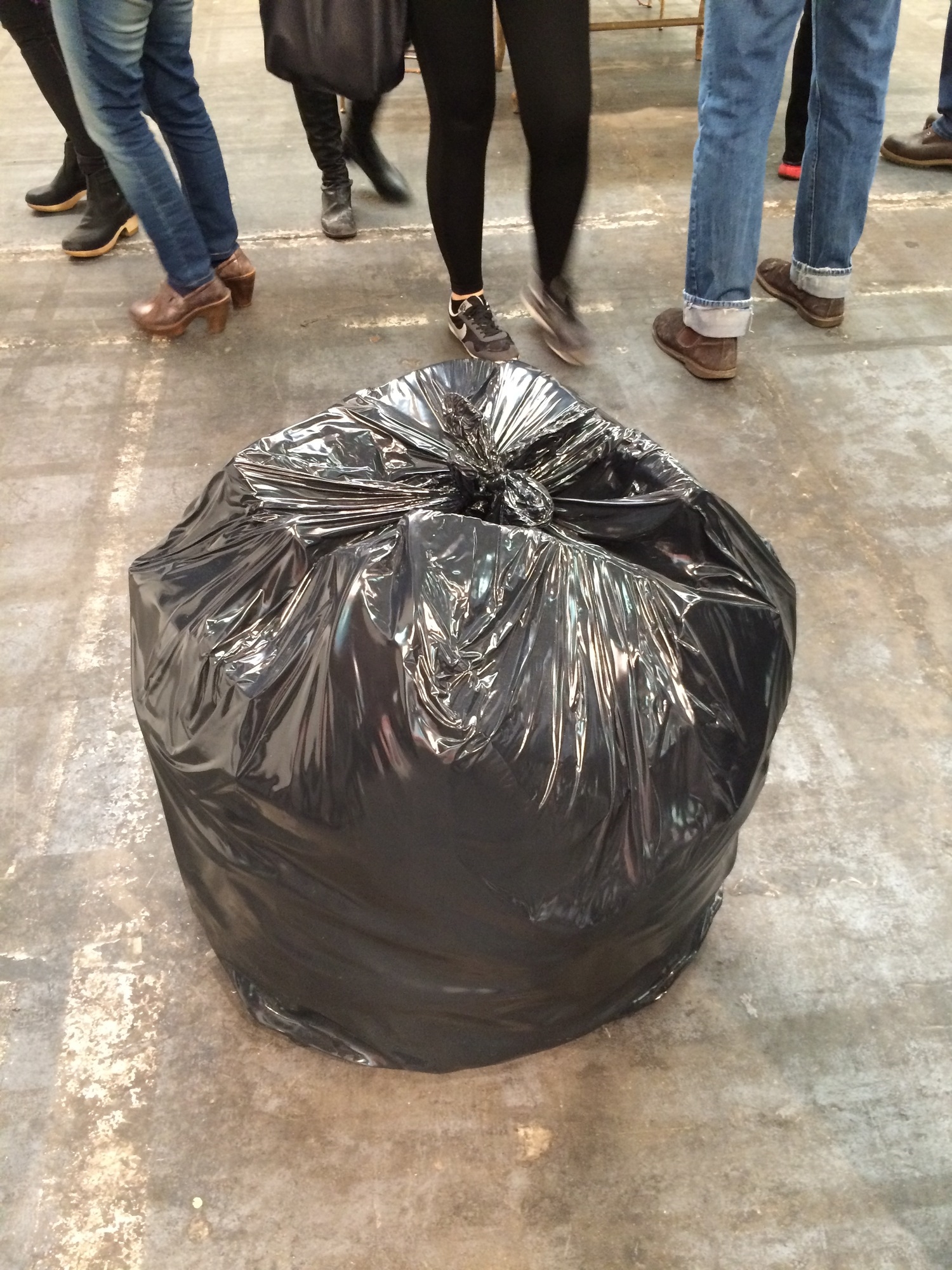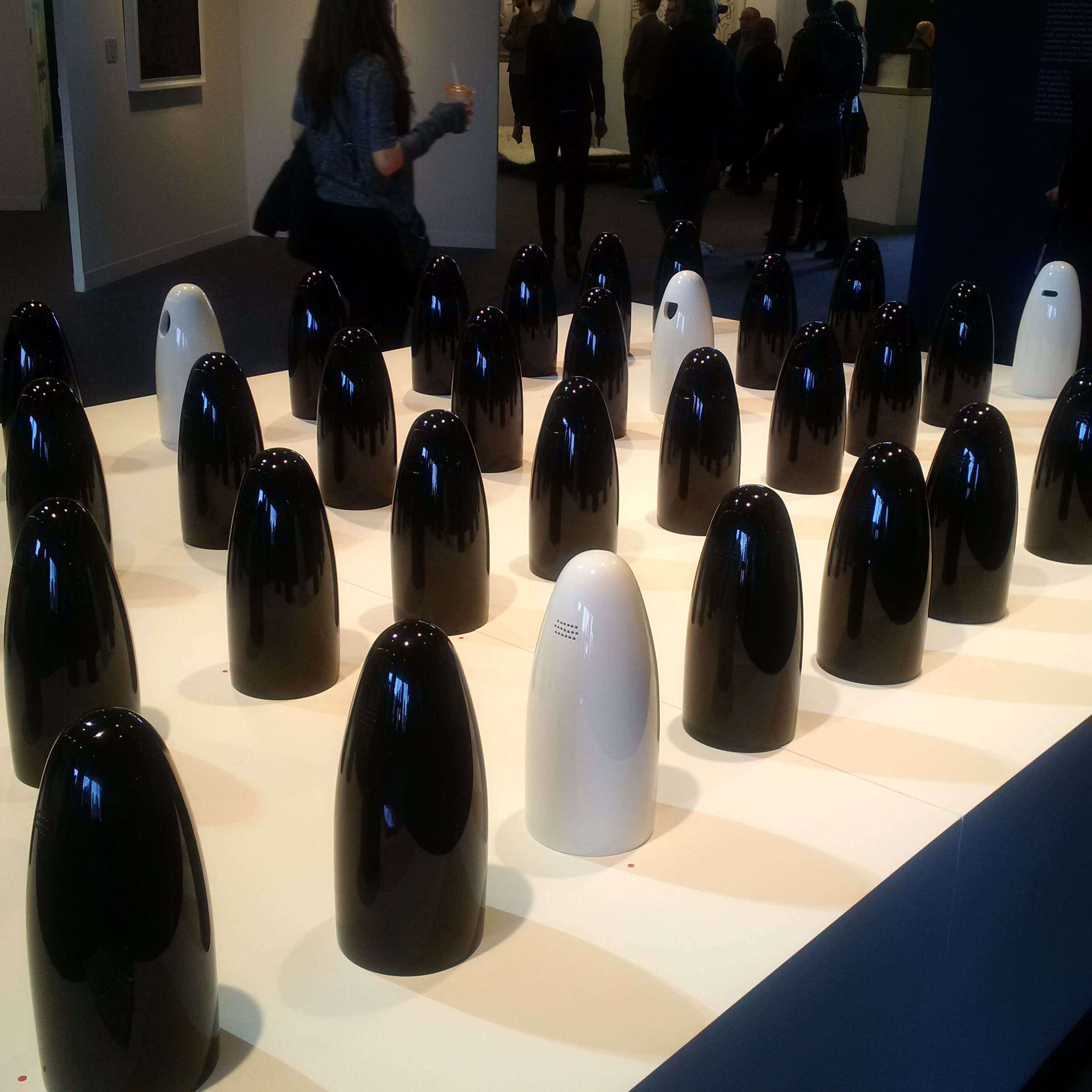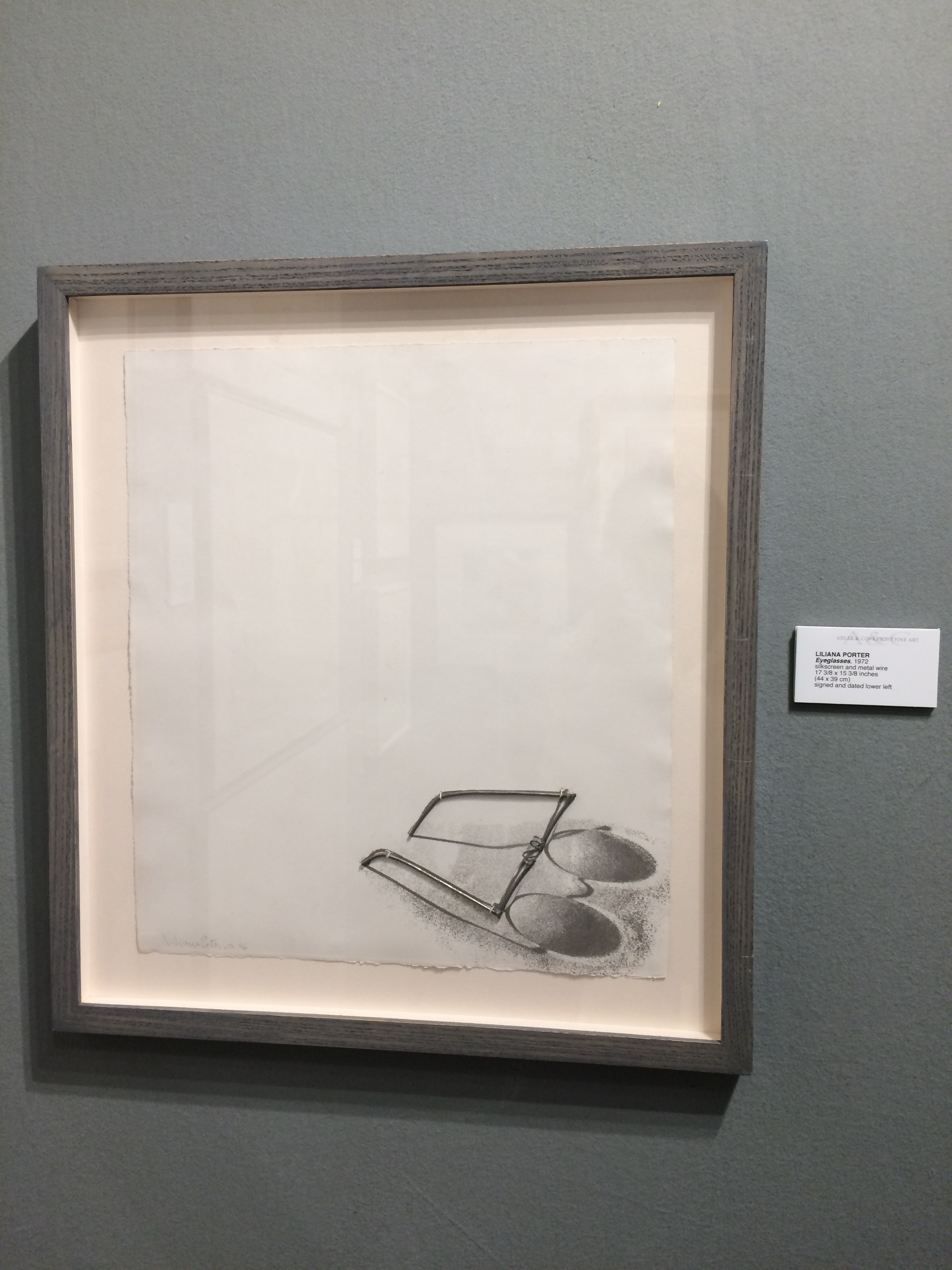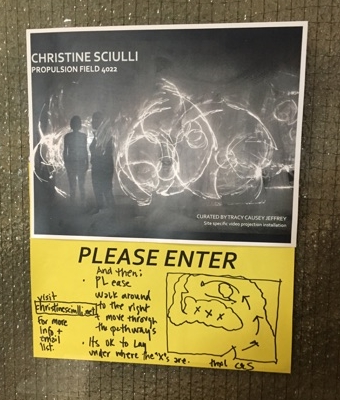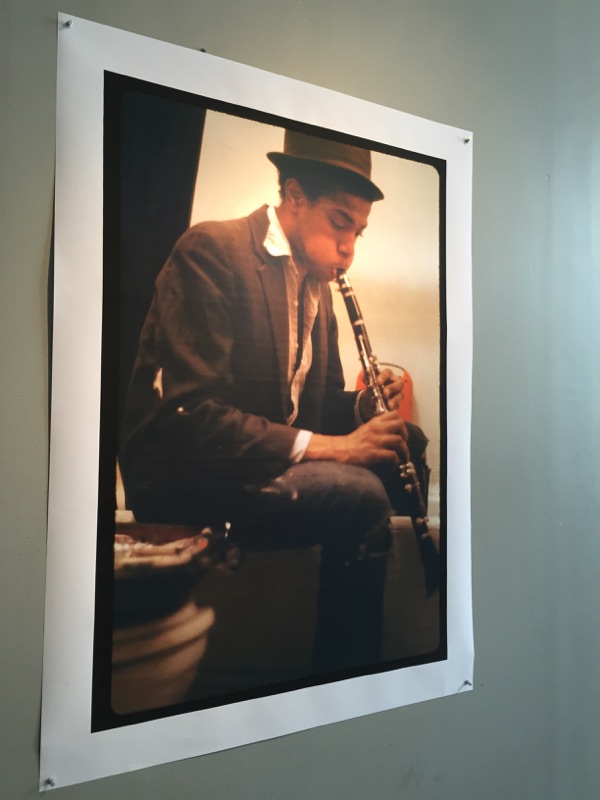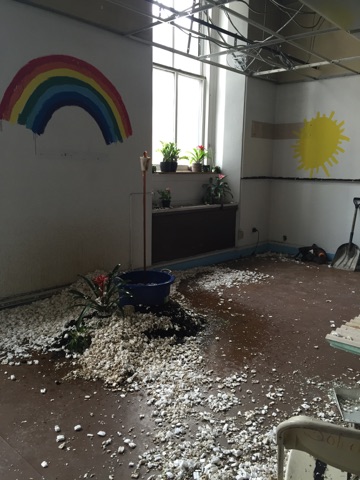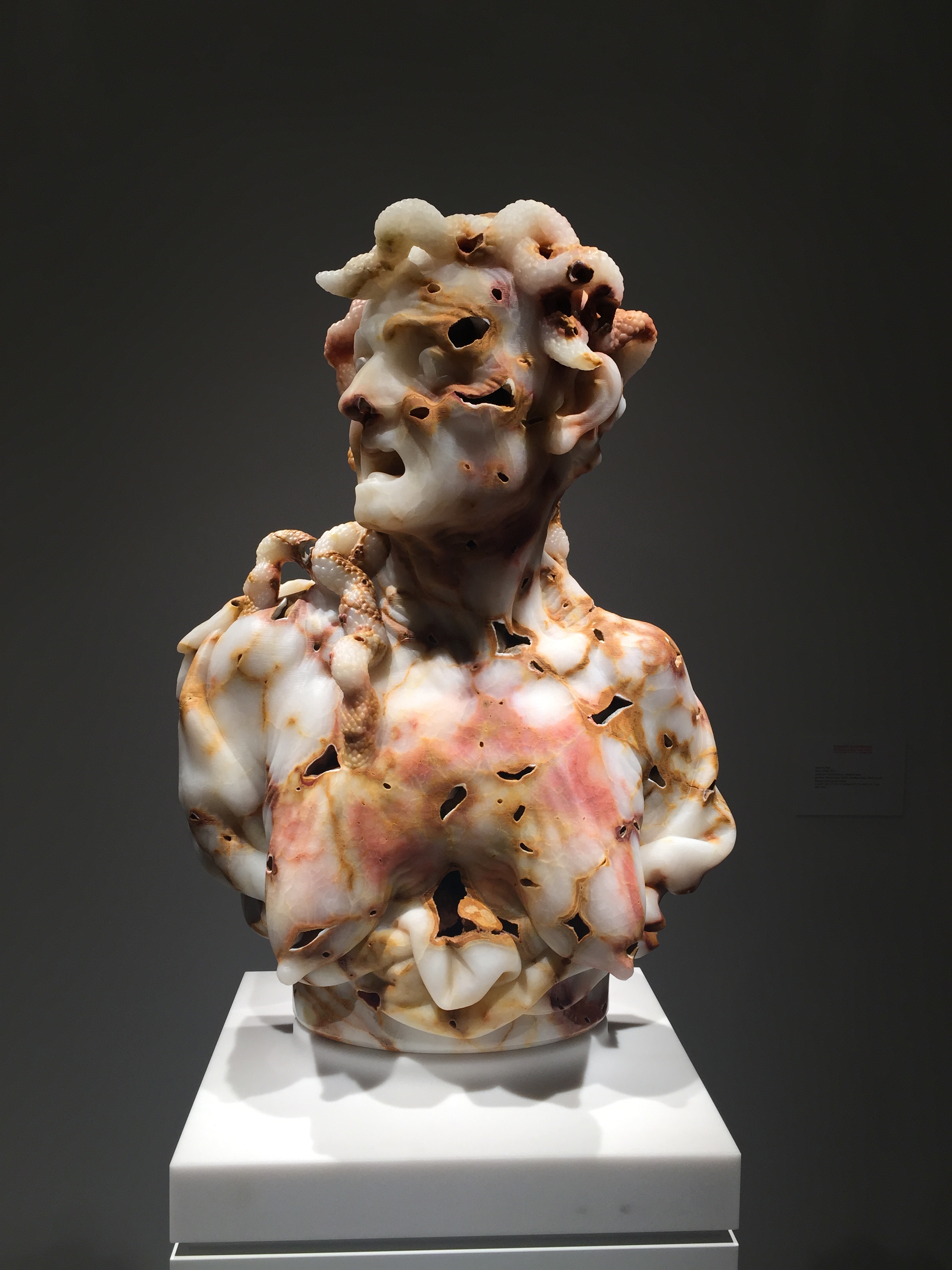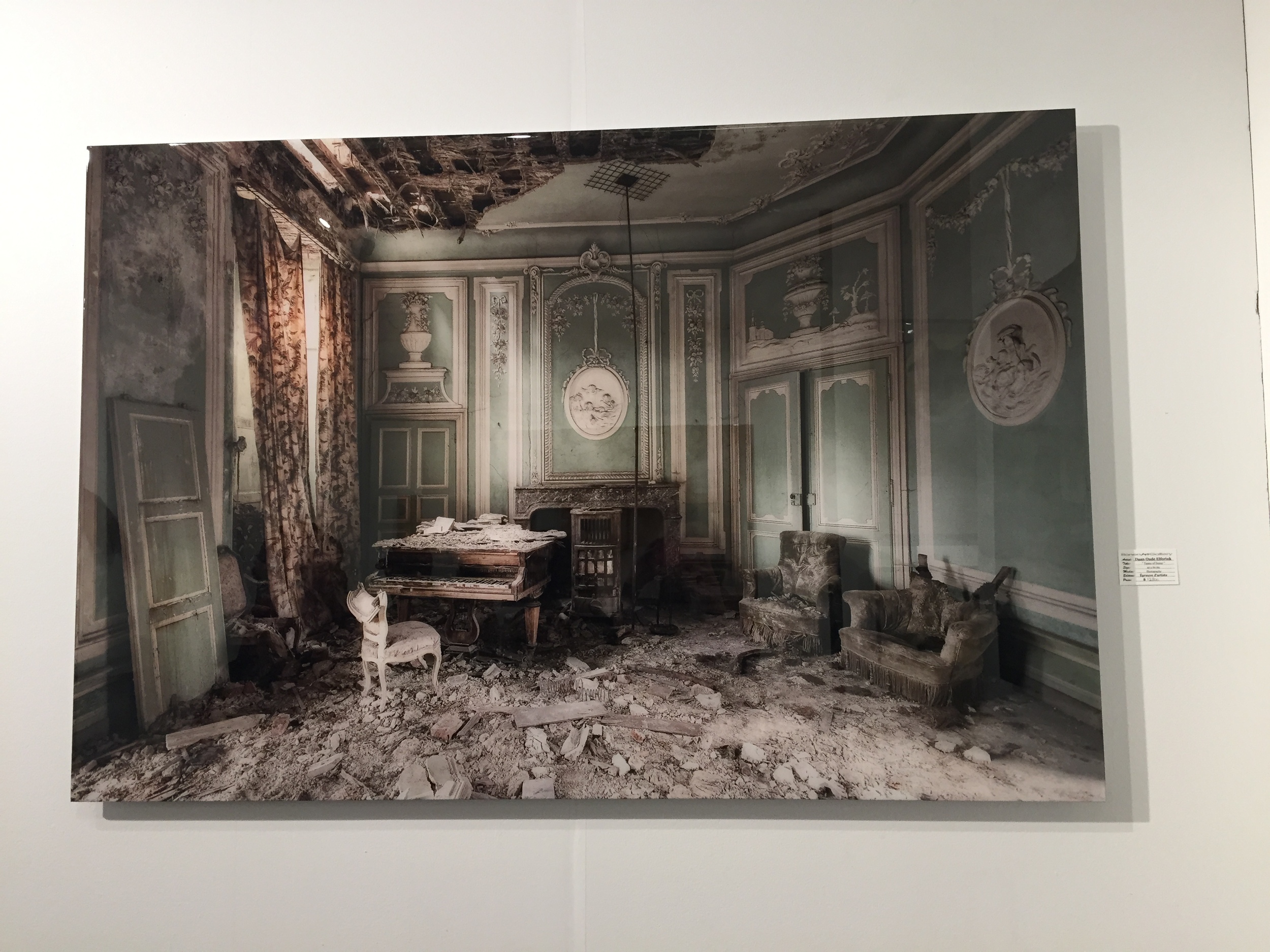Part I – Masterworks Including Indian, Himalayan & Southeast Asian Works of Art, Chinese & Japanese Works of Art, had the highest selling works of the entire collection. The most expensive of which was the set of four 17th Century Huanghulai Horseshoe-back arm chairs that sold for over $9 million (estimate of $800,000 – $1.2 million). Another work which defied its estimate was the Gilt Bronze figure of a Seated Bear from China created in the Western Han Dynasty (200 BC – 8 AD) which was estimated to sell for between $200,000 to $300,000 and sold for $2.8 million. According to our Asian art specialist collectors were enamored by this small totem - its rare pose and subtle characterization.
However, it was not just Chinese art that did well in the sale. The second highest price was for a large gilt bronze sculpture of Avalokiteshvara from 13th Century Nepal which sold for $8.2 million (estimate of $2-3 million). A “rare and important” bronze figure of a seated Yogi, possibly Padampa Sangye sold for $4.8 million, a little more than $3 million over the high estimate.
Part II, which included Chinese furniture, scholar’s objects, and Chinese paintings, still reached high prices and totaled $39,137,625. Part III – Chinese Works of Art: Qing Ceramics, Glass & Jade totaled $8,189,875, Part IV – Chinese Works of Art: Metal, Sculpture & Early Ceramics $15,840,625, Part V – European Decorative Arts, Carpets, Old Master Paintings & Asian Works of Art $6,207,688 and Part VI – The Library $1,176,875. The extraordinary results of these sales pay tribute to Ellsworth’s genius in the field of Asian art - something for which OTE can attest, as over the years he advised our firms president on the Asian market and, in particular, the estate of C.C. Wang.
The Ellsworth sale has amounted $132 million at auction, no doubt in large part because of the incredible provenance of his collection. As the Asian art market is becoming more overheated and frenzied, provenance is becoming increasingly more important in legitimizing extraordinarily high prices for classical Chinese art.
Although they were arguable overshadowed by the Ellsworth sale at Christie’s, Sotheby’s Asia week sales also did well. Their most successful sale appears to be Fine Classical Chinese Paintings & Calligraphy which netted them $41,441,375.
However Asia week is not just about big sales, it is also an amazing time to learn more about the art history and development of countries throughout Asia. A lecture I attended at the Korean Society, ‘Adoption, Assimilation, Transformation,’ with Robert D. Mowry discussed some of the most important developments in Korea’s art history and its relationship with China.












